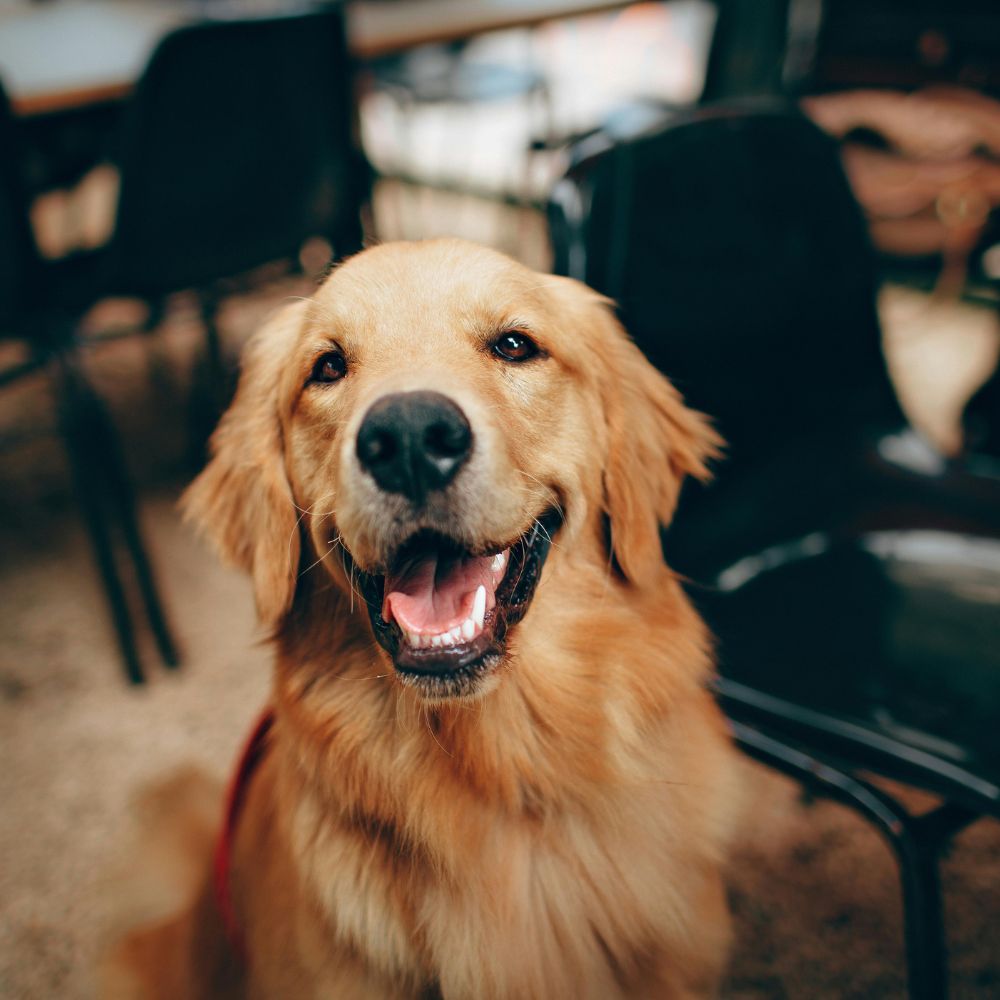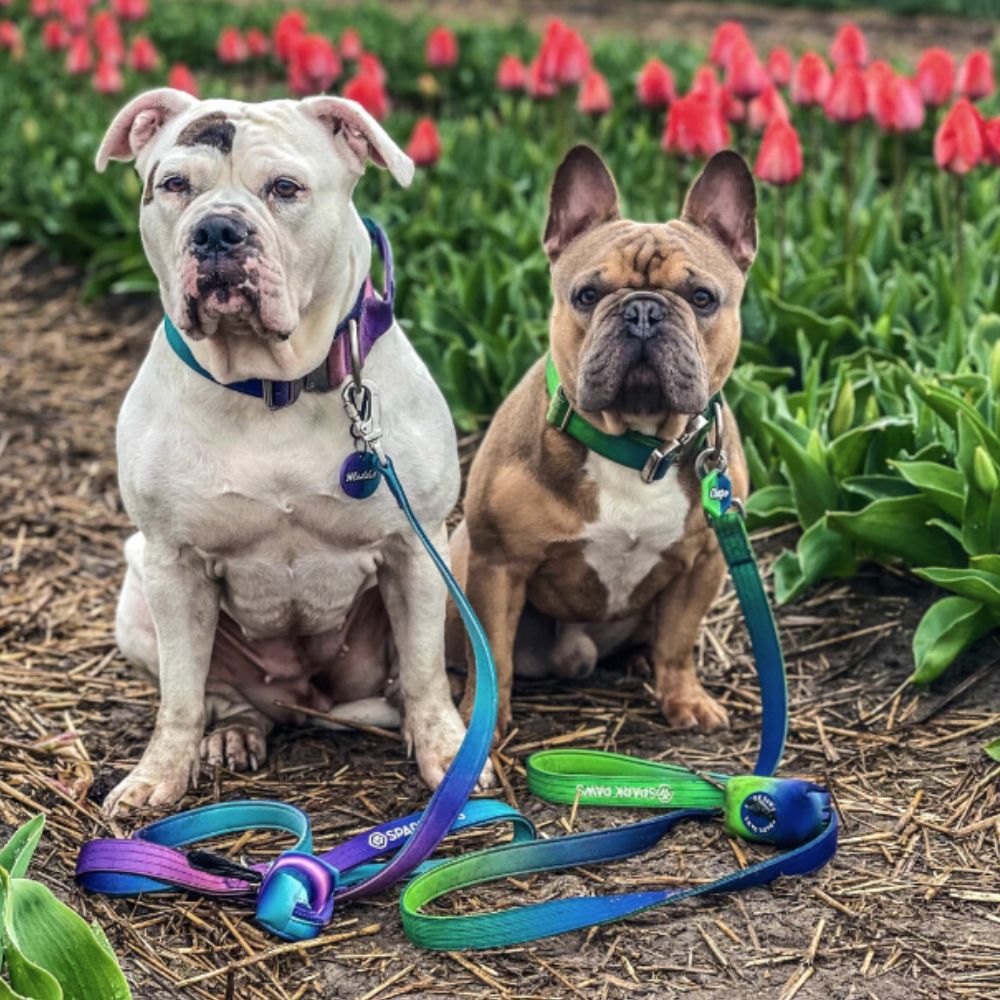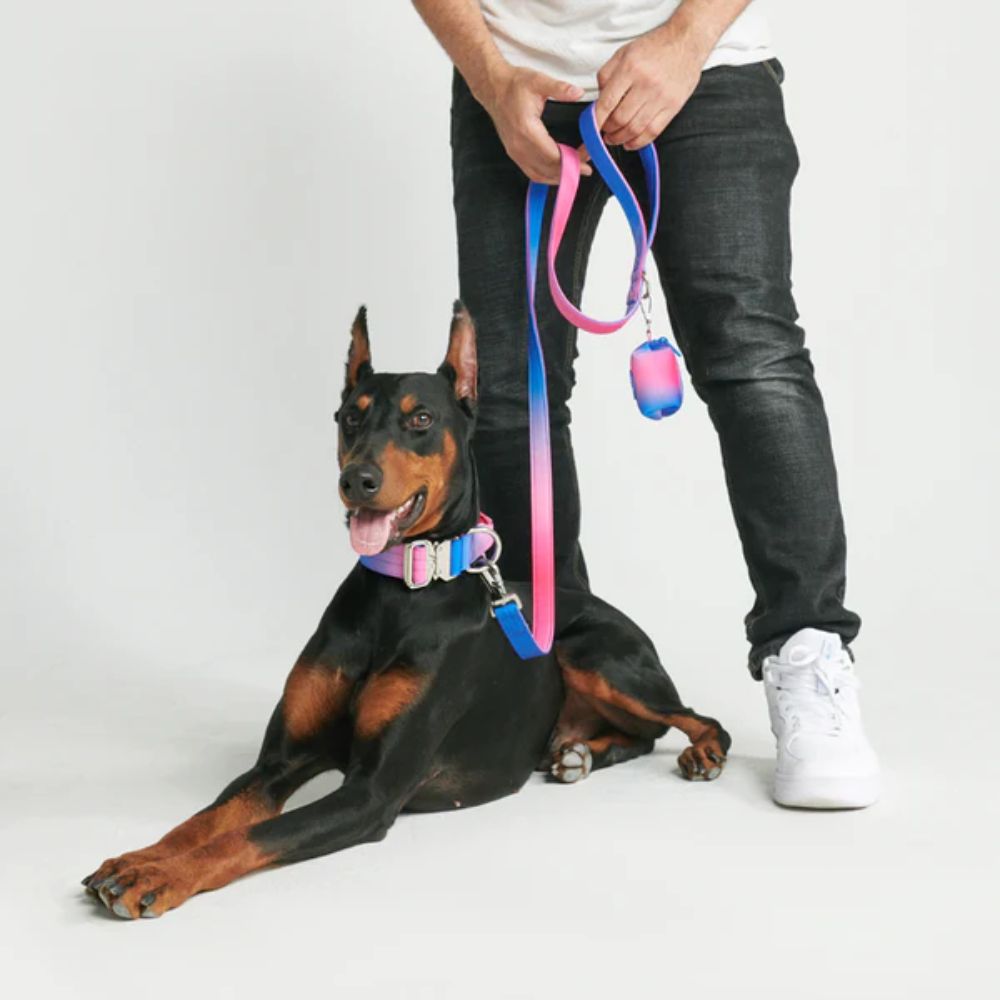Introducing A New Dog To A Jealous Dog
Getting a new dog can be an exciting time for any family. There’s nothing like growing your pack by introducing a new dog to your current, or resident dog.

Although dogs are pack animals, meaning that they generally want to be part of a group, introducing a new dog to your current pets can also be quite a stressful time for everyone involved.
Will your resident dog get along with the new pup?
Will the new dog be happy and fit in with his new pack?
What if it’s a huge failure?
Well, let's have a quick look at the process of introducing a new puppy, or adult dog to your pack and try to ease the tension as much as possible.
Bringing Together Adult Dogs
Bringing together adult dogs can be way more challenging than introducing a new puppy to the pack.
That’s because by the time dogs reach adulthood, they would have formed their personality traits and it can thus be hard to teach your older dog new tricks (like sharing its personal space with a new buddy)
As mentioned at the outset, the biggest worry is your adult dog not accepting the new dog into its pack. A lot of that has to do with the pecking order that has already been established. Dogs seem to have a natural way of sorting out their hierarchy, and introducing a new alpha to the group might cause a lot of tension.

In saying this, if you have the dream of adopting an adult dog that needs a new loving home, don’t give up! With persistence and proper de-escalation techniques, you can manage the introduction process.
So, Why Do Resident Dogs Get Jealous?
Having a single dog at home can be likened to having an only child. And we all know that an only child faces a very specific set of social challenges (let’s not get too much into that)
But it’s reasonable to assume that your current, or established dog, has grown used to being the only one at home.
He gets all the attention, all the affection, and all the treats. And who doesn’t like being the center of attention? To suddenly have to learn to share can be quite a challenge.
Another reason why dogs show signs of jealousy is that their breed simply doesn’t dictate it. In other words, you might have a dog that has been bred for centuries to be alone, a working dog. For example, the Akita, Bullmastiff, and Chow Chow were never meant to be social butterflies.
So introducing one of these breed types to other dogs, especially when fully grown, might be challenging, to say the least. Before deciding to adopt an adult dog, check to see if your current dog’s breed and the new one will be compatible.
You’ll almost always be able to pick up whether or not your dog will do well when introduced to a new companion by their body language. Keep a close eye on their behavior when around other dogs in the dog park or while out on a walk.
Any signs of aggression, albeit minor, may very well be a sign of greater issues to come.
Prepare Your Resident Dog
To ensure a smooth introduction process, take the needed time to prepare your dog mentally and emotionally for this new addition to your family.
Make sure that he understands the concept of sharing. That goes for his toys, bed, and even food. Most of all, make sure your dog understands that he needs to share your attention too. If you have children or a partner, train your dog to be comfortable with spending time with you in the presence of others too.
Another way to help your dog adapt to the idea of sharing is by arranging playdates with other dogs. The more time he spends in a social setting as part of a pack, the easier it will be for him to share his home with a new family member.
A dog's jealousy is often directly connected with its possessions, ie, its toys and personal space. So without taking that away from him, teach him to share these things with others for short periods.
Taking the time to train your dog is one of the best investments you can make, no matter the age or breed.
The Introduction
Now, time for the most crucial and stressful part, introducing your dog to the new addition.
Keep in mind that first impressions count a lot. So make that first meeting as good and stress-free as possible. If your dog sees the new guy as a possible friend from the outset you’ll probably enjoy a stress-free integration period.
On the other hand, if the two dogs have issues from the first meeting there will likely be underlying tension for a long time to come.
A good idea is to choose a neutral environment for the first meeting.
Introduce the new pup in a park or while out on a walk - anywhere that counts as neutral ground. The reason for this is that opting for a neutral location won’t trigger your resident dog into a ‘resource guarding’ way of thinking.
He won’t feel the need to show any aggression toward the newcomer away from his own space - it’s a shared space, after all.
Take food and toys out of the equation and choose a quiet, relaxed atmosphere for the first meeting, especially if you own a breed that can be a bit more feisty, like a Pitbull or Cane Corso.
Make sure that both dogs are on a sturdy leash, allowing you to stay in control of the meeting at all times. A strong leash will give you the confidence that whatever happens, you can de-escalate the situation - if one arises.
The Sparkpaws leash set is not only strong and durable but also fashionable and comes in a whole array of colors and sizes, giving you an endless array of choices.
If both dogs are on a leash for the initial meeting, they will get an opportunity to get used to each other’s scents gradually. And that’s important in the dog community. By sniffing out a new friend, your dog can tell if it’s a male or female if the other dog is showing signs of aggression, or if the other dog is ill.
Observe and Manage Interactions
Of course, simply letting dogs ‘check one another out’ isn’t enough for the first meeting. You should closely monitor their interactions, making sure that their personalities don’t clash and that there are no negative reactions to one another.
Dogs also get used to each other quite quickly, so within the first hour or so you should know if the new dog will successfully integrate into your pack.
If your dog displays aggression during the initial meeting you need to step in to reduce tension. This can be done by reassuring your dog with a calm voice and gentle tone.
Build Positive Associations
An effective way to help your resident dog view the new puppy or adult dog positively is through supervised play sessions where the dogs can interact in a controlled environment.
Allow them to sniff each other and engage in playful behaviors, reinforcing positive interactions with praise and treats. By associating each other's presence with enjoyable activities like play, the dogs learn to view one another in a more positive light.
Another strategy is to feed the dogs in the same area but with separate bowls. This allows them to associate the presence of the other dog with something positive—food—while still maintaining a sense of security and control over their own resources. Over time, they may become more comfortable eating in each other's presence, reducing the likelihood of food-related aggression.
It’s a Long Term Project
Long-term harmony among adult dogs requires ongoing management and positive reinforcement.
One approach is to create a separate area for each dog within the home where they can retreat if they feel overwhelmed or need some space. This ensures that each dog has a haven where they can relax without fear of intrusion from the other dogs.
Consistency in handling and interactions is equally important.
Humans should maintain a calm and assertive demeanor, providing clear leadership and enforcing rules consistently across all dogs. Avoid favoritism or inadvertently reinforcing jealous behaviors by treating each dog equally and fairly.
Regular exercise and mental stimulation are also essential for reducing tension and promoting relaxation among adult dogs. Engage them in activities that stimulate their senses and encourage natural behaviors, such as scent games, puzzle toys, and interactive play sessions.
Conclusion
In conclusion, introducing a new puppy to an older dog in a single-dog household can be both exciting and challenging. While the prospect of expanding the family pack is enticing, it's important to consider the potential for stress and tension during the integration process.
Understanding the dynamics of the existing dog's personality and any signs of separation anxiety is crucial in preparing for the introduction of a new puppy. By recognizing the possibility of jealousy or territorial behavior, pet owners can take proactive steps to ease the transition and promote harmony within the puppy home.
Through careful observation, management of interactions, and positive reinforcement techniques, owners can help their dogs build positive associations with one another. Supervised play sessions, shared feeding areas, and consistent training are key elements in fostering a peaceful coexistence between the new puppy and the older dog.
It may take several weeks or even months for the dogs to fully adjust to each other's presence and establish a comfortable dynamic.


